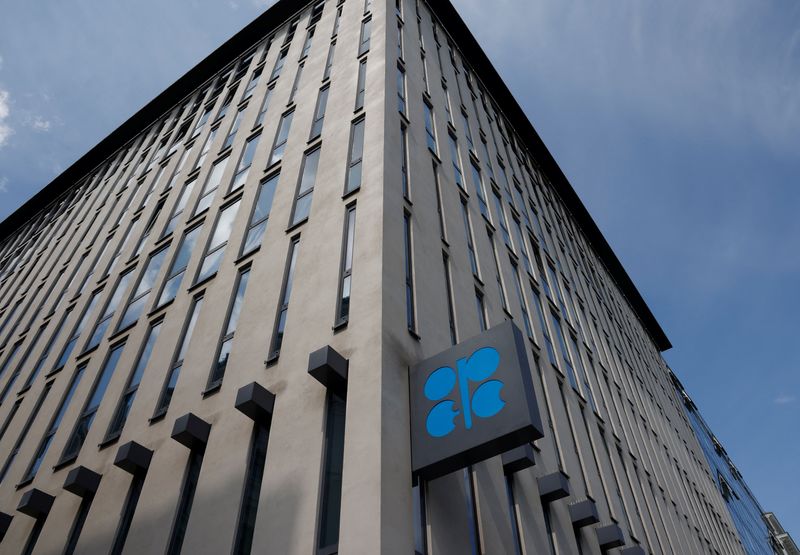Commodities
Room for copper to catch up after aluminium outperformance

Investing.com — prices have recently outshined copper, but analysts at Morgan Stanley predict a potential shift in favor of .
While aluminium prices have jumped by 11%, driven by a combination of rising input costs, strong demand from key sectors in China, and temporary supply disruptions, Morgan Stanley believes that copper is better positioned to benefit from improving market conditions and fundamentals.
Aluminium’s recent price surge is primarily due to the significant increase in alumina costs. Alumina (OTC:), a key ingredient in aluminium production, has seen prices rise to nearly $520 per tonne.
This increase has been passed on to consumers in the form of higher aluminium prices. Moreover, strong demand for aluminium in China, particularly from sectors such as solar energy, grid infrastructure, and electric vehicles, has further boosted the metal’s performance.
For example, grid spending in China has increased by 19% this year, contributing to the rising demand for aluminium.
“Long queues to withdraw metal at the key Port Klang warehouse have driven a squeeze on some near-term contracts, which may prove to be temporary. In contrast, copper has been under pressure with rising global growth concerns and overstretched positioning unwinding,” the analysts said.
While aluminium prices have been strong, concerns are growing about the sustainability of this trend. Global production of aluminium is now at an all-time high, with China returning to its role as a net exporter since May 2024.
As supply continues to ramp up, and with demand growth potentially stabilizing, the momentum behind aluminium’s rise may begin to wane.
In contrast, copper has been under pressure during the same period. Its prices have struggled amidst global growth concerns and the unwinding of previously overstretched market positions.
This underperformance, however, may soon reverse. Analysts at Morgan Stanley see several encouraging signs that copper is poised for a recovery.
Demand indicators for copper in China are showing signs of improvement. The Yangshan copper premium, which reflects the strength of spot market demand, has rebounded, signaling that physical demand for copper is on the rise.
Additionally, inventories in China are beginning to draw down, a development that reflects higher utilization rates at wire plants and a slowdown in the growth of refined copper supply.
These trends suggest that the fundamentals for copper are strengthening, setting the stage for a potential price rally.
Moreover, market positioning in copper has become significantly cleaner. The sharp correction in copper prices has brought net positioning closer to normal levels, reducing the risk of further liquidation.
This creates a more supportive environment for new investment flows into the market, which could drive prices higher in the coming months.
Morgan Stanley remains bullish on both aluminum and copper for the fourth quarter of 2024. However, they believe copper has a stronger potential to outperform aluminum due to its recent underperformance and improving market dynamics.
Despite this optimism, the analysts caution that a worsening global economy could have a more significant negative impact on copper than on aluminum, as copper is more sensitive to economic fluctuations.
Commodities
Oil prices rise; U.S. crude inventories plunge, Russia-Ukraine truce eyed
Commodities
India’s Reliance to stop buying Venezuelan oil over US tariffs, sources say
Commodities
Oil prices climb on Venezuela supply worries

 Forex3 years ago
Forex3 years agoForex Today: the dollar is gaining strength amid gloomy sentiment at the start of the Fed’s week

 Forex3 years ago
Forex3 years agoUnbiased review of Pocket Option broker

 Forex3 years ago
Forex3 years agoDollar to pound sterling exchange rate today: Pound plummeted to its lowest since 1985

 Forex3 years ago
Forex3 years agoHow is the Australian dollar doing today?

 Cryptocurrency3 years ago
Cryptocurrency3 years agoWhat happened in the crypto market – current events today

 World3 years ago
World3 years agoWhy are modern video games an art form?

 Commodities3 years ago
Commodities3 years agoCopper continues to fall in price on expectations of lower demand in China

 Economy3 years ago
Economy3 years agoCrude oil tankers double in price due to EU anti-Russian sanctions























